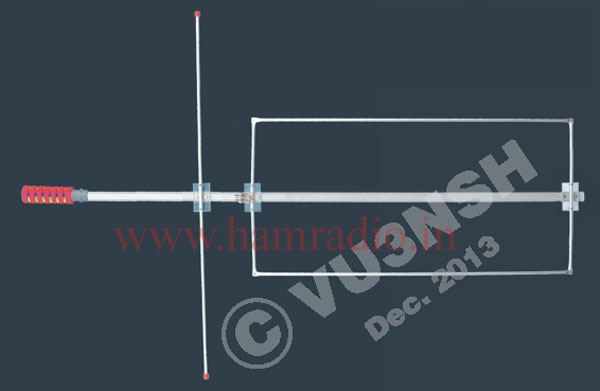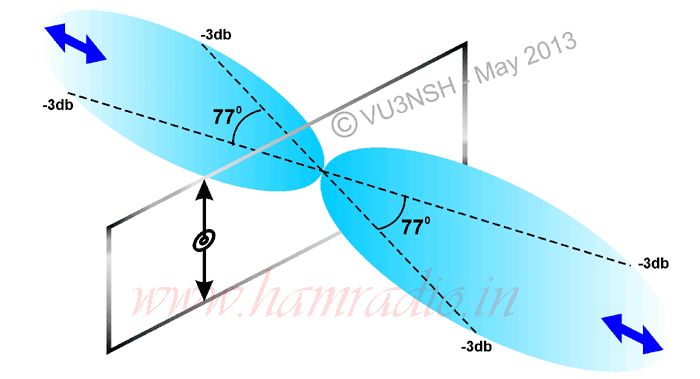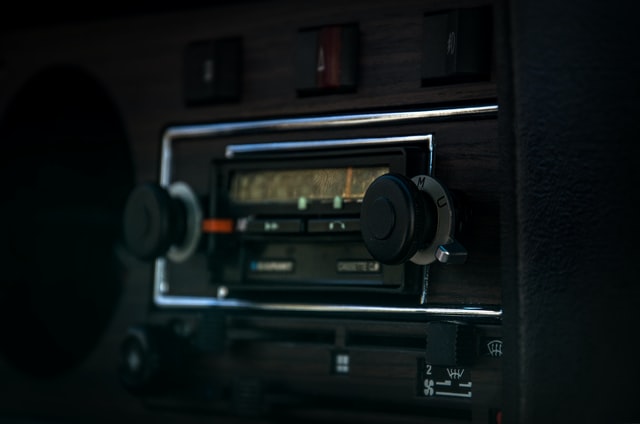Radiotelegraphy by Morse code is the first ever modulation method used in wireless communication. Learning Morse code is a difficult task for many and constant practice is a must to come up with good Morse reading and sending skills. Morse recorded audiotapes and random Morse code generating computer program are used in developing Morse copying skills. Audio tapes are often useful only for the beginner and PC is not a handing learning aid. The circuit explained here is a handy, low cost and portable one, designed for beginner as well as an expert.
The PIC base Morse trainer:
The design is based on a PIC micro controller. Most of the home brewers are familiar with these smart chips made by Microchip Inc, USA. PIC controllers are RISC processors with many attractive features. Those who are not familiar with PIC micro controllerscan get information from the web site www.microchip.com. They provide software development environment free of cost. Simple programmer for programming the chips can also be downloaded and homebrewed easily.
The circuit:
Circuit diagram of the Morse keyer cum trainer is as shown. With t a programmer PIC 16F628 together with a couple of discrete components, the entire circuit can be assembled and tested with in a hour or so. There is o need of a special PCB. The prototype is constructed on a 1.5"X1.5" general purpose board. Regulated 5 Volts DC supply is required for the PIC. Care should be taken so that the voltage to the VCC pin is not more that 5.5 V. The circuit works fine even if the voltage drops to 3.3V. An IC base (DIP18) is recommended for the PIC controller. The chip can be reprogrammed several times. The chip can directly drive a piezo speaker. If more volume is needed an audio amplifier can be employed. Frequency of the tone can be varied using the tone button and the keyer paddles. Similarly using the speed button we can vary the sending speed. The selected tone and speed thus set, will be stored in the non volatile memory of the PI micro controller
Operation:
Input to the keyer are paddles, two push switches and four bit dip switch. In the circuit, S6 indicates the dash paddle, and S5 is the dot paddle, S3 the speed adjusts push button switch and S4, the tone adjustment push button switch. Dip switch determines the different modes of operation of the keyer. Table 1 gives the details of the modes of operation. Tone of the keyer can be adjusted by simultaneously pressing the tone button and paddles. Keyer starts sending continuous dots when the tone button is pressed. Then the tone can be increased by activating the dot paddles or can be decreases by activating the dash paddle. The tone at the time of releasing the tone button is stored in the non volatile memory. S2 is the reset switch used to reset the whole circuit if needed.
Table . 1
Mode of operations Dip switch setting (S1) RB3 RB2 RB1 RB0 Keyer Mode On On On On Train mode. Alphabets and digits only. N determines the number of letters in a world* Off N2 N1 N0 Train Mode. Alphabets and digits and special characters. N determines the number of characters in a word* On N2 N1 NO
- Note table 2 for details
Similarly speed of sending can also be adjusted by using the speed button. Pressing of the button activate continuous dots, and the speed of dots can be either increased or decreased by pressing the dot paddle or dash paddle respectively. The whole circuit consumes around 2mA current and is suitable for battery operation. The relay in thee circuit will not be operated in the trainer mode.
Table .2 Number of characters in a word in trainer mode Ch/word N2 N1 N0 1 On On On 2 On On Off 3 On Off On 4 On Off Off 5 Off On On 6 Off On Off 7 Off Off On 8 Off Off Off
Programming chip
The source code for the keyer is written in BASIC language program with assembly routine embedded in. The source code is compiled using PICBASICPRO compiler from "micro engineering labs". Those who are not familiar with the programming of the chip may write to vu2iti AT yahoo.com for getting programmed chip for their project.
Conclusion
Improvements and modifications are always welcome so that the Keyer / trainer can be more useful to the users. Suggestions are sought from the readers for consideration while upgrading the circuit. Your suggestions and comments on this project may be put to the Forums on this web.





